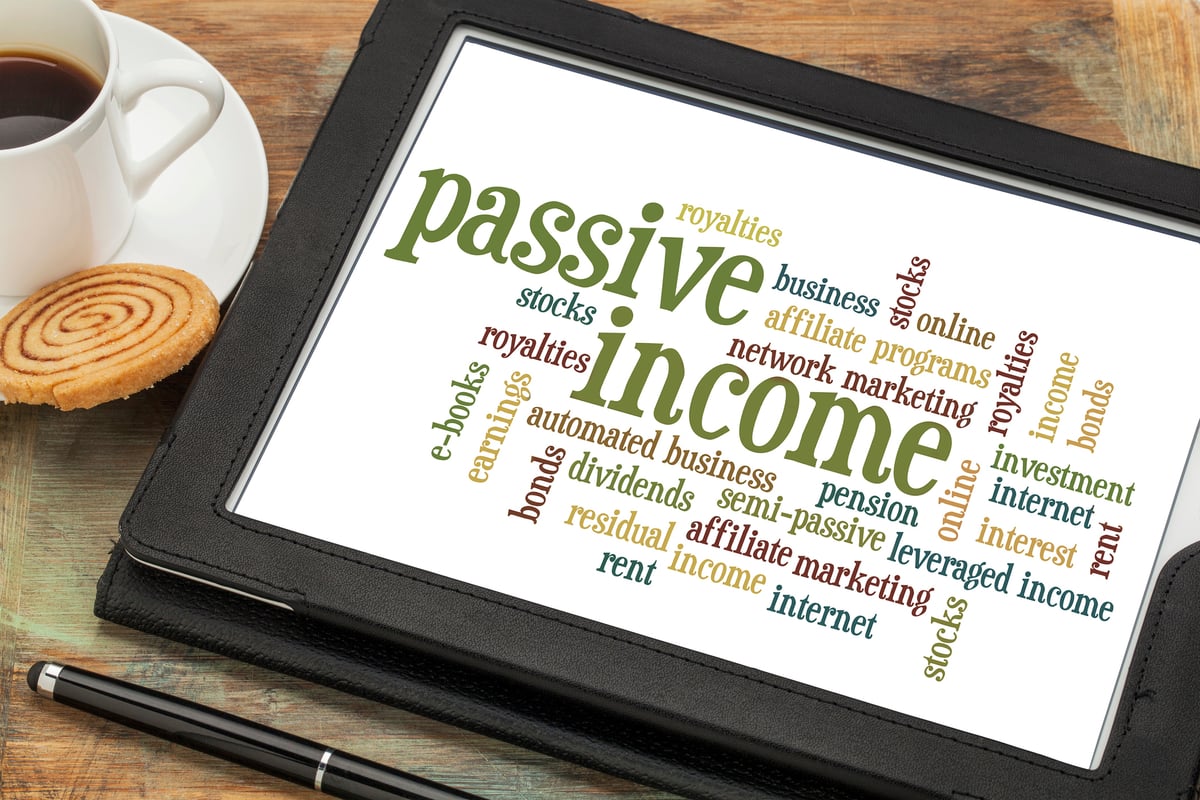One of the most widely known facts about investing is that dividend paying stocks far outperform non-divdend payers over the long term; however, what most people do not realize is just how true it is. To elaborate, in a 2012 report released by Susanna Kim of ABC news, she noted, "Of the S&P 500's nominal total return from 1910 to 2010, dividend yield and dividend growth comprised 90 percent [of] returns for stock holders." Even when facts like these cause investors to realize the importance of having a dividend payer in their portfolio, it can sometimes be difficult finding the right one to buy, especially since FactSet now reports that 85% of S&P 500 companies pay dividends today.
Narrowing it down
So, how do we choose? Rather than just picking a dividend paying S&P 500 stock at random, investors should do their homework to find stocks with large, but safe yields of about 2.5%-4% that have long track records of increasing their dividends. One stock that fits this criteria perfectly is Clorox (CLX +1.14%), so let's take a deeper look at the company, its dividend, and some of the most important financial statistics, so you can determine if it should be added to your portfolio today.

Source: Clorox's Facebook
A quick look at the consumer products giant
Clorox is the largest manufacturer and marketer of bleach in the United States and is the company behind brands such as Tilex, Kingsford, Pine-Sol, Burt's Bees, Hidden Valley, Liquid-Plumr, and Glad, as well as its namesake brand. It is also worth noting that 90% of Clorox's brands hold the No. 1 or No. 2 market share in their categories.
Paying dividends since 1968
Clorox has paid dividends to shareholders every year since 1968, resulting in an impressive 46 consecutive years of payments; however, even more impressive is the fact that the company has increased its dividend every year since 1977, equating to an incredible 37 consecutive years of increases, with the most recent coming on May 12, 2014. Take a look at this chart of Clorox's annual dividend payments per share since 2008, including the projected payment in 2014:

Source: Clorox
As the chart above shows, Clorox has increased its dividend by an average of roughly 10% since 2008 and currently has a yield of about 3.2%. The primary financial element that has enabled Clorox to increase its dividend year after year is the billions of dollars in free cash flow that it generates. Let's begin by explaining what free cash flow is and how it is made...
Free cash flow: where dividends are born
Free cash flow is simply explained as the cash a company has left over at the end of a quarter or year after paying employees, bills, interest on debt, taxes, and making necessary investments in property, plants, and equipment. This cash can be used to grow the business or make acquisitions, or if it is not needed elsewhere, the company can return it to its shareholders, which is how dividends are born.
Clorox: The cash flow machine
Clorox has become one of the most efficient companies in the generation of free cash flow and it has been able to build on this by reducing expenses and choosing how to spend its capital very wisely. Here's a chart of the total free cash flow the company generated from 2008-2013:

Source: Clorox
This free cash flow and the cash Clorox has on hand to begin each period allows it to pay out and raise its dividend, as well as return additional capital to shareholders by repurchasing its shares; when a company repurchases its shares, it reduces the amount of shares available in the market, which increases its earnings per share and makes the remaining shares more valuable. In its 2013 annual report, Clorox's CEO stated the following:
"For the past five-year period beginning in fiscal year 2008, Clorox total stockholder return was 88 percent, compared to an average of 82 percent for our peer group and an average of 40 percent for the S&P 500. And Clorox's track record of generating strong cash flow allowed us to significantly increase our dividend from $1.60 to $2.56. Between share repurchases and total annual dividends paid to stockholders, we have returned more than $2 billion in cash to our stockholders over the last five years."
This quote makes it clear that Clorox is fully dedicated to maximizing shareholder value and it is a great sign when its management team brags about just how much they love doing it. Let's see what the company is on track to deliver in 2014...
What is Clorox on pace for in 2014?
To-date in fiscal 2014, Clorox has generated $346 million in free cash flow, which puts it on pace to generate about $460 million for the full year. The company has used some of this cash to make share repurchases totaling $260 million in the first and third quarters and it will likely add to this total in the fourth quarter. In addition, Clorox paid a quarterly dividend of $0.71 in February and May, before increasing its payout to $0.74, which it will pay to shareholders on Aug. 8. The final dividend payment of the fiscal year will likely come in mid-November and it is safe to assume that the $0.74 payment will be maintained. All of these statistics together would look like this for fiscal 2014:
- Free cash flow: $460 million (projected)
- Share Repurchases: $350 million (projected)
- Dividends Paid Per Share: $2.90 (projected)

Source: Clorox
The Foolish Bottom line: should we buy Clorox?
Today, Clorox's stock sits more than 5% below its 52-week high and has a very safe and high yield of 3.2%. The company has proven that it is one of the most efficient free cash flow generators in the market today and it has continually done everything in its power to maximize shareholder value. This is exactly the type of company that belongs in Foolish portfolios, so if you are searching for a dividend stock Clorox is definitely worth a closer look.






